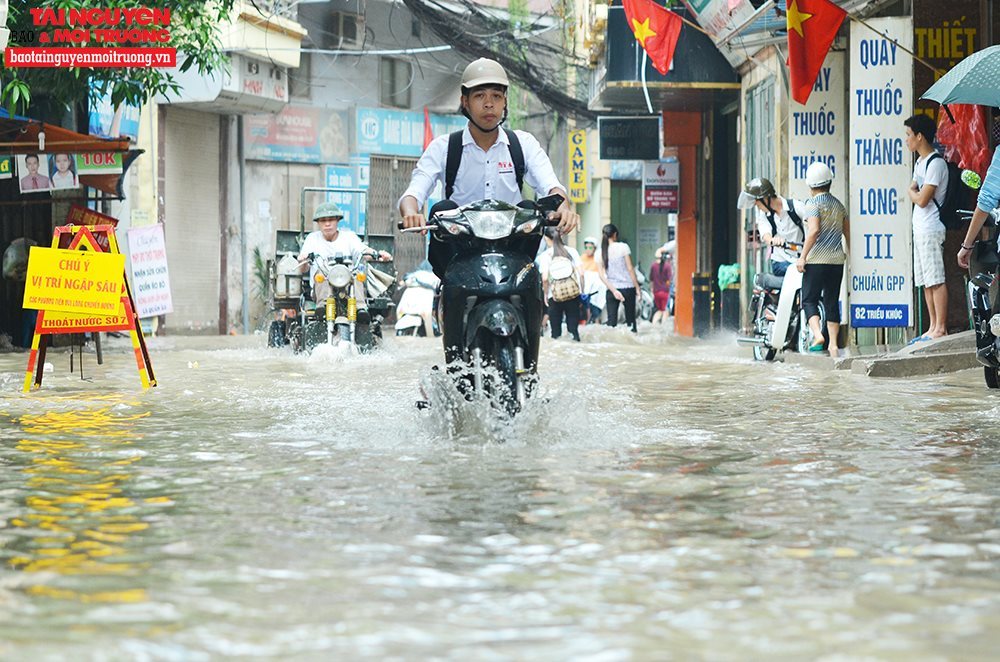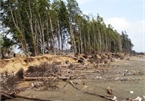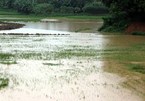Hanoi, HCM City and Da Nang have been facing extreme phenomena of climate change such as rising temperature, inundation, air and water source pollution.

This was the warning given at the workshop discussing urban transformation in the context of climate change held by CRUS (Center for Regional and Urban Development) and Van Lang University some days ago.
According to the Ministry of Construction, most cities in Vietnam are located in vulnerable areas because of climate change. In addition to the large cities such as Hanoi, HCM City, Da Nang, Hai Phong and Can Tho, 138 coastal urban areas and Mekong Delta are at high risk of inundation. Of these, 24 urban areas in 15 cities are at risk of severe or very severe flooding.
As for the mountainous urban areas and the Central Highlands, 143 urban areas are likely to be affected, of which 17 urban areas may bear very strong impact. Climate change affects the development of urban transport system, increases urban flooding, thus directly affecting the lives of people.
The consequences of less adaptive urban areas can be reflected in the rapid urban population growth; inefficient land use; weak development policies and planning; lack of public transport; and development based on energy and high volume of emissions.
| Hanoi, HCM City and Da Nang have been facing extreme phenomena of climate change such as rising temperature, inundation, air and water source pollution. |
Scientists put emphasis on ‘urban expansion’, energy use, infrastructure construction and high-rise buildings which all turn cities into big energy consumers and pollutant generators. In the conditions of more populous cities, higher consumption level and the climate change, the risks will be higher.
In many urban areas, lakes and ponds have been filled up, while forestland has been appropriated for housing projects. As a result, the places for containing water when it rains heavily and high tides have been lost and the ecological imbalance has occurred.
The reduction in green areas and parks, plus the increasing density of high-rise buildings, in many cases, only serve the economic benefits of certain groups of people, but bring consequences to the majority of people. This leads to higher temperature in cities, and affects people’s health and business production.
When the last tree is cut, the last fish dies, the last river is poisoned, it will be too late for people to realize that prosperity and growth are not just about GDP.
The urbanization rate in Vietnam continued to occur rapidly in 2019 and by early 2020, the rate is expected to reach 40 percent. With such a rapid growth rate, by the 2040s of the 21st century, about 50 percent of Vietnam's population will live in urban areas.
Le Ha

Natural disasters bring about US$13.55 million damage in Southern Vietnam
Natural disasters caused 16 people dead and missing, injured 54, damaged and inundated 17,713 houses, with the total damage of VND315 billion (US$13.55 million) in the Southern region during the first nine months of 2019.

Vietnam should be proactive in coping with natural disasters: experts
As a country highly exposed to droughts, floods and landslides, Vietnam needs more active prevention instead of just a passive response.
 With more populous cities and higher consumption levels, the impact of natural disasters is worsening." itemprop="description" />
With more populous cities and higher consumption levels, the impact of natural disasters is worsening." itemprop="description" />